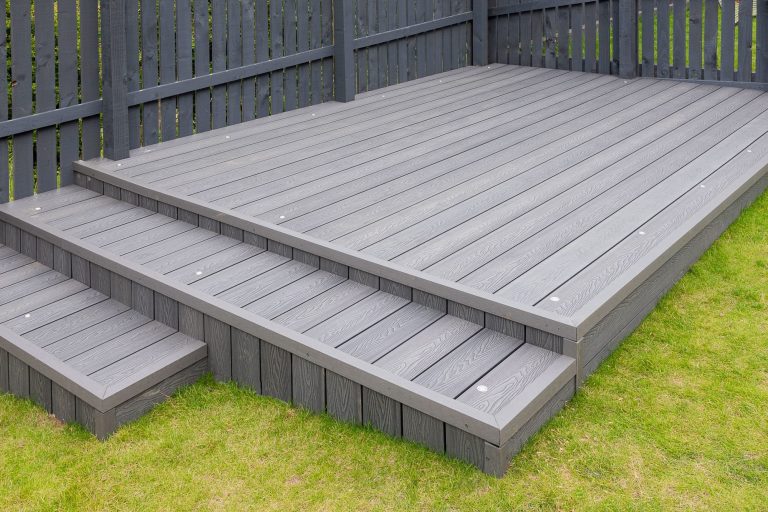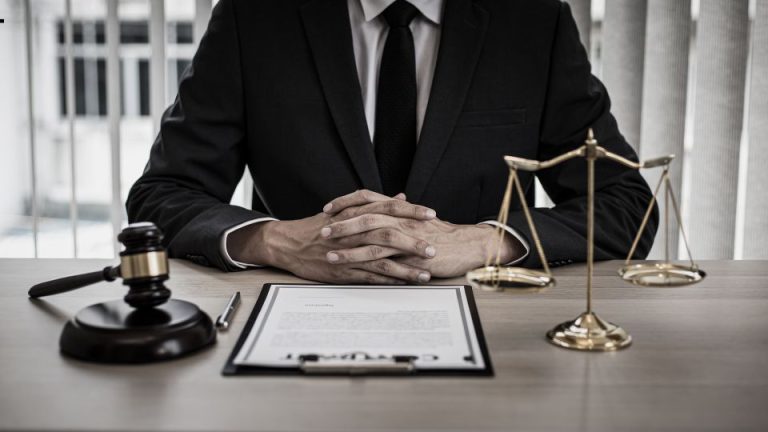While considering the safety of precious valuables and essential documents, it’s normal to ponder the threats posed by fire as well as by water. Water harm can arise from different sources, such as floods, plumbing malfunctions, or even the water used to extinguish a fire. A fireproof safe, as the name implies, is designed essentially to shield its contents from the intense intensity and flames of a fire. Fortunately numerous cutting edge fireproof safes are also designed to be water-resistant or even waterproof, giving a double line of defense against the two elements. Nonetheless, it’s significant to understand the nuances and the levels of protection offered.The fireproof security safes are designed to protect important documents and valuable belongings from both fires and theft.
Water-Resistant vs. Waterproof: It’s essential to distinguish between these terms, as they show various levels of protection. Water-resistant safes can withstand water exposure partially, safeguarding contents from minor incidents like splashes or stickiness. Waterproof safes, then again, offer a more elevated level of protection. They are designed to forestall water intrusion in any event, while submerged, ensuring the safe’s contents stay dry and whole.

Sealing Mechanism: The capacity of a fireproof safe to resist water to a great extent depends on its sealing mechanism. Numerous safes designed to make preparations for water harm have impermeable seals that enact under the intensity of a fire, keeping water from firefighting efforts from entering the safe. Others could include gaskets or specialized seals that offer protection against water submersion.
Duration of Protection: Just as fireproof safes are evaluated based on how long they can safeguard contents during a fire, waterproof ratings often show how long the safe can stay submerged while keeping its contents dry. For instance, a safe may be evaluated to withstand being submerged for as long as 48 hours. Understanding these ratings helps users measure the degree of protection a specific safe offers.
Depth Factor: Alongside duration, some waterproof safes give details on the depth they can be submerged while keeping up with their defensive trustworthiness. This is especially applicable in situations like floods where the water level could rise significantly.
External Factors: While a fireproof and waterproof safe provides an additional layer of security, taking into account other external factors is also essential. For instance, in case of a flood, a safe could drift and be displaced, or in outrageous cases, the external pressure could compromise its structure. Securing the safe or considering its weight and adjust can relieve some of these risks.
Regular Maintenance: After some time, mileage can affect the effectiveness of the waterproof seals. Regularly checking and keeping up with the safe ensures its seals stay compelling and the contents stay safeguarded against potential water harm.
In conclusion, while many fireproof safes are also designed to safeguard against water harm, examining the specifics of the safe’s capabilities is essential. Not all fireproof safes are waterproof or even water-resistant, so while purchasing a safe, it’s urgent to consider both likely risks and ensure the chosen safe meets the necessary models.The fireproof security safes shield valuables from theft and fire, offering dual protection for your prized possessions.







